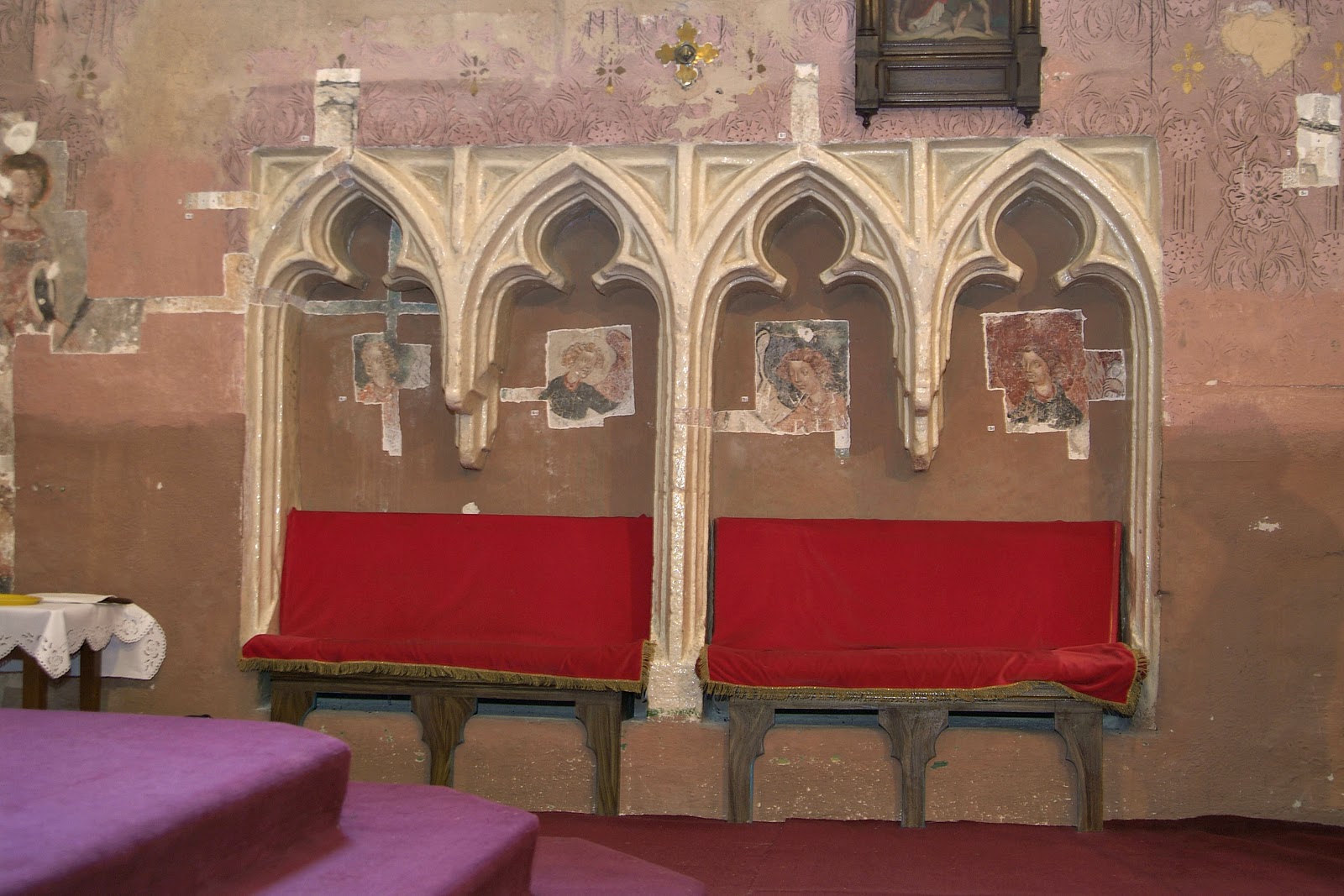Last December marked the 70th anniversary of the death of art historian András Péter. He was a noted scholar of Italian Trecento painting, as well as of Hungarian medieval art. Born in 1903, he studied in Budapest and defended his doctorate in 1925. The subject of his dissertation was the representation of Hungarian holy kings in medieval art. Later he published a series of important articles on key figures of Italian Trecento painting, especially on Sienese masters such as the Lorenzetti brothers and Simone Martini. Material for these studies was collected during his research trips to Italy, most notably through a grant at the Hungarian Historical Institute in Rome (1926-27). In 1930, he published a ground-breaking survey of the history of Hungarian art. In 1935, he became a tutor at the art history department of Tibor Gerevich at Budapest University (named after Péter Pázmány at the time, and now known as Eötvös Loránd University).
His monograph on Italian Trecento painting, however, remained unfinished, and was published posthumously in 1983. Now a new volume has appeared, which contains the collected studies of András Péter. Edited by Mária Prokopp and Károly Tóth, the book republishes his writings in chronological order, starting with his dissertation, which was previously only available in manuscript form. Several of these studies were published in international journals, and are considered important contributions to this day.
Below are some of his studies which can be consulted online:
Pietro és Ambrogio Lorenzetti egy elpusztult freskó-ciklusa = Ein verlorener Freskenzyklus der Brüder Lorenzetti. In: Az Országos Magyar Szépművészeti Múzeum Évkönyvei = Jahrbücher des Museums der Bildenden Künste in Budapest VI. 1929-1930. (1931). 52-81. 256-260.
Quand Simone Martini est-il venu en Avignon? In: Gazette des Beaux-Arts, 81 (1939), 153-174.
Giotto and Ambrogio Lorenzetti. In: The Burlington Magazine, LXXVI (1940), No. 442. 3-8. (via JSTOR)
His full bibliography can also be consulted online, as compiled by the Library of the Museum of Fine Arts.
 |
| András Péter (1903-1944) |
András Péter's career was cut short by the Holocaust. He stayed in Budapest even during the German occupation of Hungary and during the rule of the Arrow Cross. He was arrested by the Arrow Cross, and killed on December 9th, 1944. Sadly, he was not the only important art historian who fell victim to the Holocaust in Hungary. We should mention first of all his friend, György Gombosi, another noted scholar of Italian early renaissance art, who died in Auschwitz in early 1945. Others include József Bíró, an eminent historian of art in Transylvania, who was shot into the Danube together with his elderly father at the beginning of 1945 (see here his monograph on palaces in Transylvania); and art critic Artúr Elek, who committed suicide after Germany occupied Hungary in 1944. A friend of Ernst Gombrich, József Bodonyi, who had studied with Julius von Schlosser in Vienna and wrote his dissertation on the origin of gold background in Late Antique painting, also died in 1944 after returning to Hungary. A generation of (mostly Jewish) Hungarian art historians had already emigrated from Hungary after 1919 including Johannes Wilde, Frederick Antal, Arnold Hauser and Charles de Tolnay. We should also mention Jenő Lányi, who only spent his childhood in Hungary, as he studied in Vienna and Munich. A scholar of Jacopo della Quercia and Donatello, he finally emigrated to London in 1938, and died as a casualty of a German torpedo attack in 1940 on his way to the US.

















